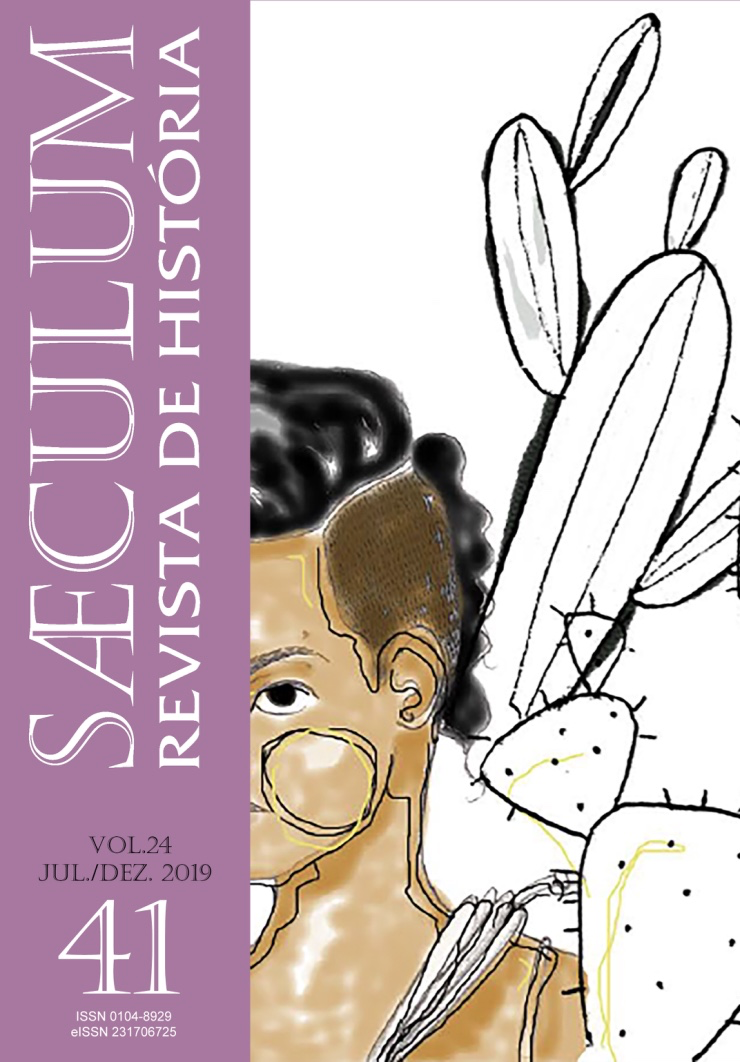Ser coadjuvante ou protagonista no cenário político: o impasse das primeiras-damas
DOI:
https://doi.org/10.22478/ufpb.2317-6725.2019v24n41.47108Abstract
The role of first lady in the Brazilian political culture of the XX and XXI centuries was constituted as a figure marked by gender relationsand encouraged to act in order to legitimize the political desires of the State. This role began to be delineated in the passage of the 1930s to 1940, when Darcy Vargas, through his trajectory of work with welfare services, created and assumed the presidency of Brazil's first government social welfare agency, the Brazilian Legion of Assistance -LBA. In the course of the 2000s, the phrase "beautiful, modest and of the home", referring to the first lady of the country, Marcela Temer, shows how the so-called"feminine" attributes are used to encourage the social figure of the first lady. Thus,the work aims to discuss the social constitution of the role of the first lady in Brazilian society, punctuating her relationship with discussions around gender issues,as well as to discuss whether the actions of this social figure are presented as protagonists or supporting actors in the Brazilian political field. The study was developed from the perspective of so-called "Renewed" Political History and Gender Studies. The role of first lady is between protagonism and coajduvantism. It is worth mentioningthat although this social role was thought and elaborated as a means to support the practices of the governing spouses, many first ladies played a prominent role, building their own path of action.












